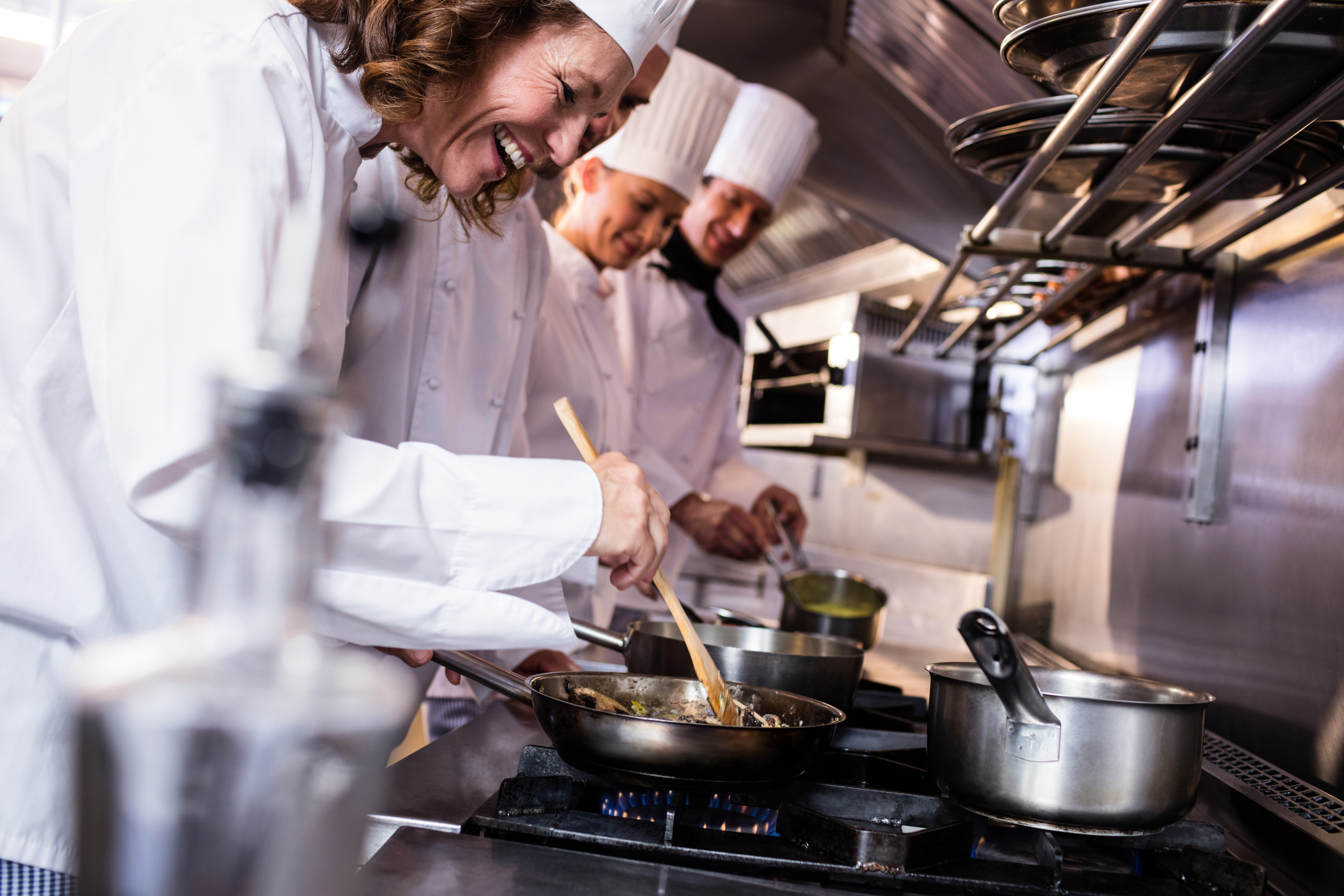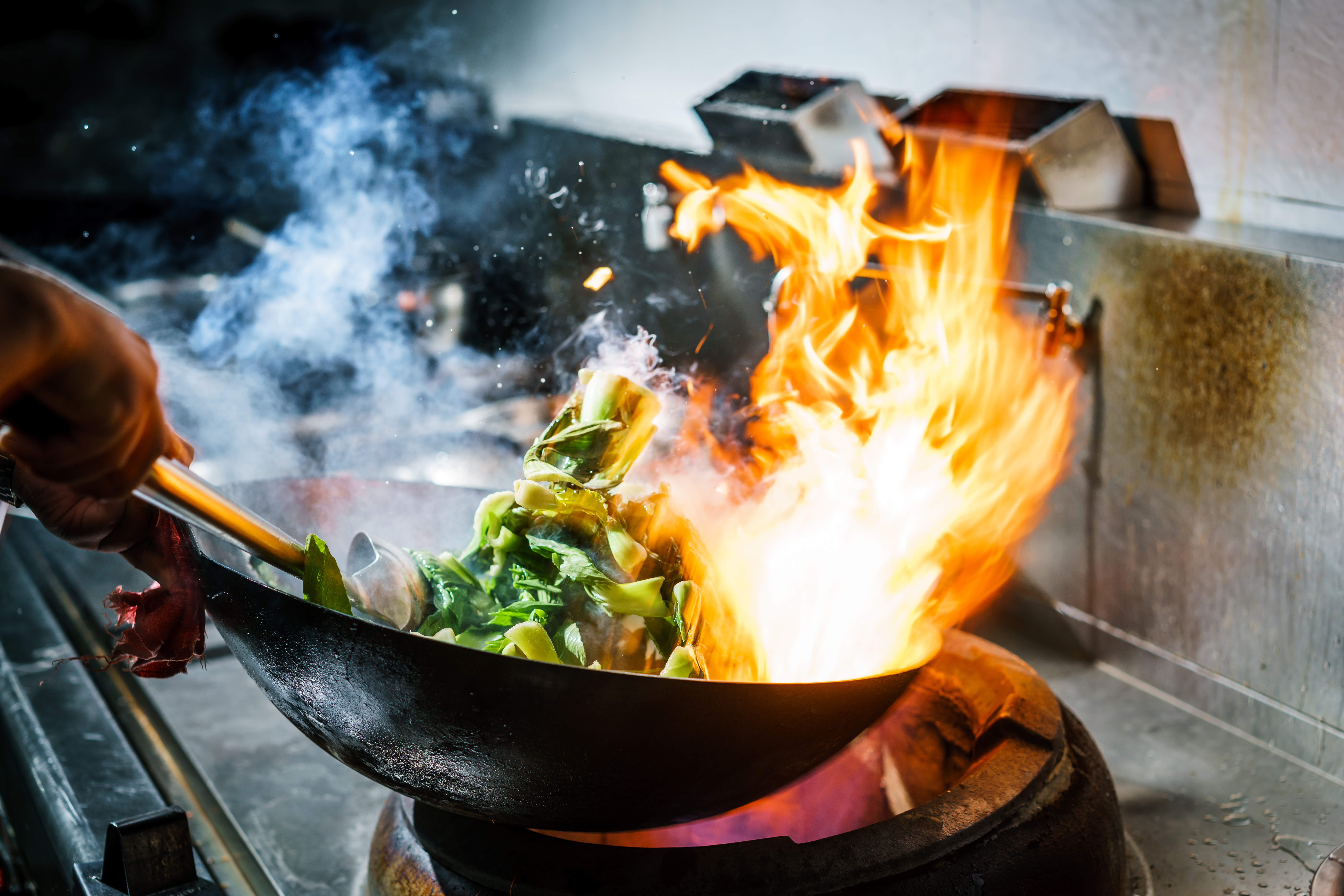Why do chefs love cooking with gas?

When it comes to professional kitchens, gas ranges are the number one cooking method of choice – by a wide margin.
Here in New Zealand, a Restaurant Association survey found 94% of members use gas in their commercial kitchens, saying that gas is “vital” to the core service offered by these businesses. In the US, a National Restaurant Association survey found 87% of full-service restaurants use gas. Out of the restauranteurs surveyed, 90% of restauranteurs believe that losing the ability to cook with an open flame from natural gas “would negatively impact the quality of the food they serve”.
What is it about a gas cooktop that earns the loyalty of so many professionals?
Optimal temperature control
Chefs are experts in precision cooking – they want complete temperature control at all times, so they can achieve the very best results. Gas provides evenly distributed heat, which can be adjusted precisely to the level you require. A chef can look at the flame in any commercial kitchen and get a sense of how much heat is being generated, whether they’ve used that range before or not. Plus, chefs don’t need to take pots off the cooktop when they are finished cooking to avoid overcooking, they can simply switch off the gas. When you’re preparing five-star cuisine, including delicate sauces and the kind of ingredients that are both expensive and easily overcooked, the precision of gas is extremely valuable.
Fast response

When you turn up the heat on a gas range, you immediately get more heat delivered to the food. When you turn off the gas, the heat is immediately removed. That rapid response is essential in a fast-moving restaurant kitchen, where chefs are preparing complex dishes to order. They don’t have time to wait for coils to heat up and cool down.
Restaurants in New Zealand say they love gas because of “its fast cooking, efficiency, consistency, and because it gives much better control when cooking,” according to the Restaurant Association.
More cookware options
Gas ranges are fitted with plates on which you can rest a wide range of cookware types, from pots and pans to woks and espresso pots. Chefs can select from flat-based cookware or curved-base cookware, and all types of cookware will work with a gas range. You can also get additional extra fittings for a gas range that allows you to use very tiny items of cookware, or large woks, giving you maximum flexibility. Flat electric cooktops only work with flat-based cookware, which is too limiting for most professional kitchens.
A greater variety of cooking methods
A gas range gives you the widest possible range of cooking methods. When you need to cook in a wok, and the wok’s shape and heat dynamics are essential to delivering the perfect stir-fry. The gas gives you concentrated heat at the bottom of the wok, where food cooks rapidly, compared to the cooler zones further up the sides of the wok. This is not possible to achieve with a flat-bottomed frying pan on an electric cooktop.
Gas also makes it easy to flambé, whether you’re preparing a steak, prawns, or a dessert like crêpes suzette. Splash with liquor, tilt your pan and enjoy the drama and caramalised flavour of a flambéed classic.

Gas is the top choice for serious cooks
Gas is by far the first choice for premium restaurants and professional chefs – and it’s also popular with home cooks who pride themselves on turning out restaurant-quality dishes. If you’re a passionate cook looking to upgrade your stove and cooktop, consider the culinary advantages of a gas range.